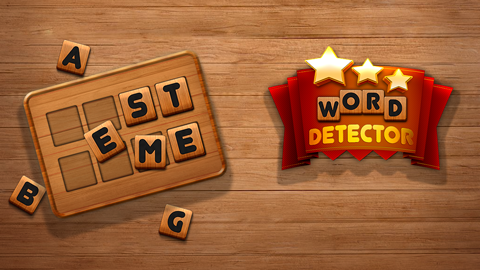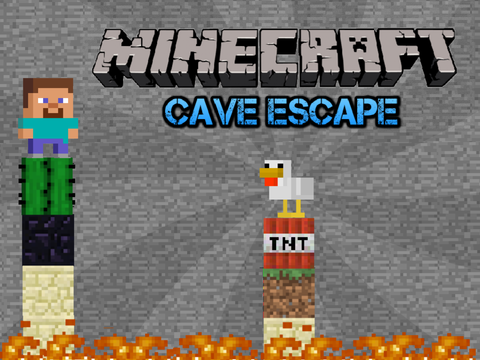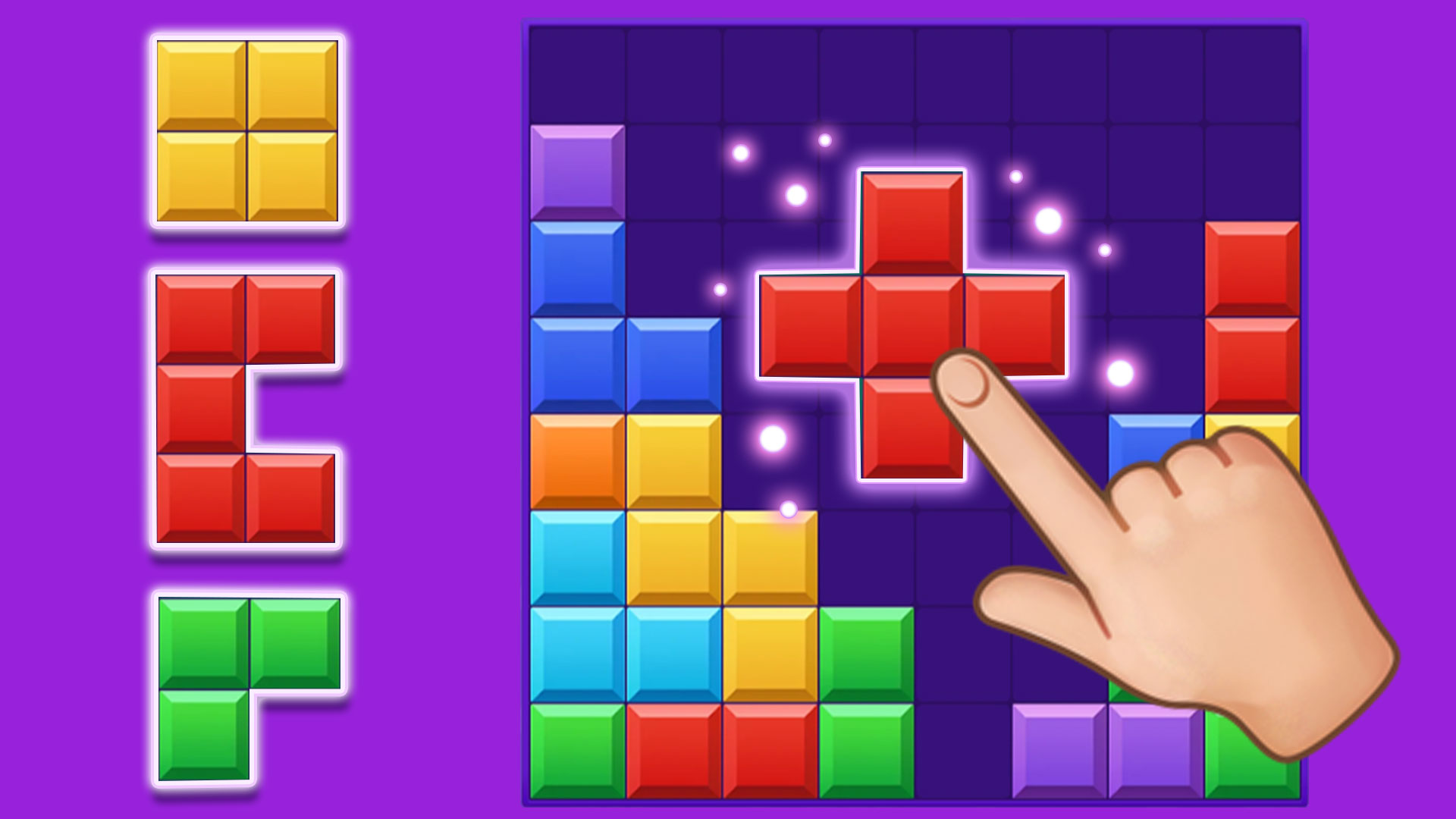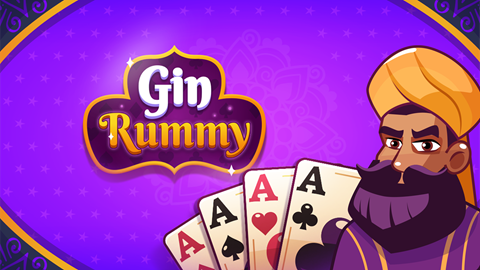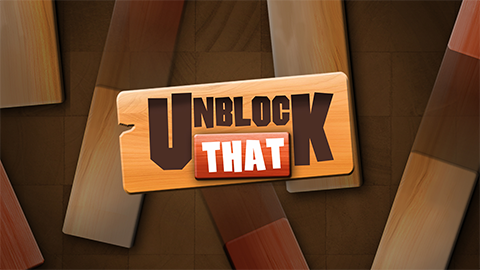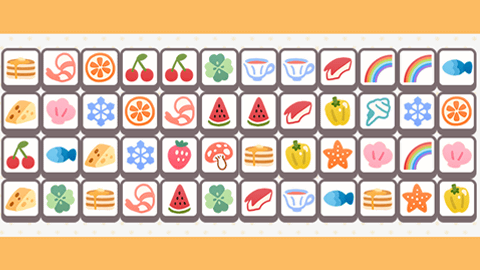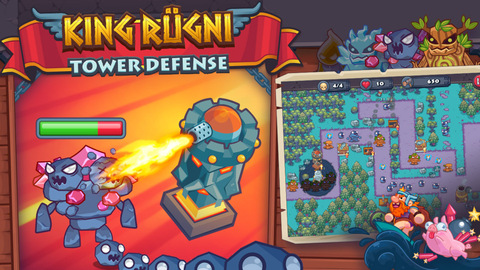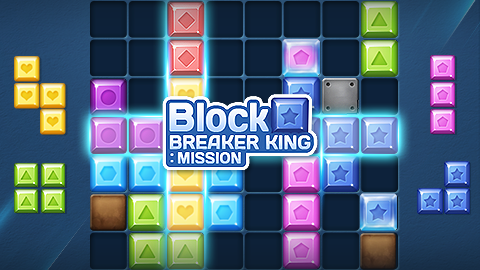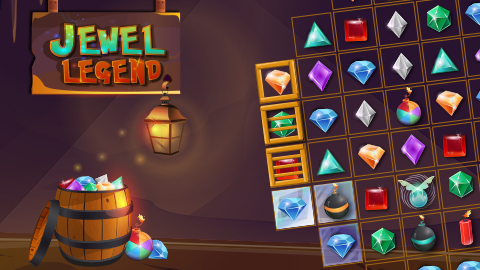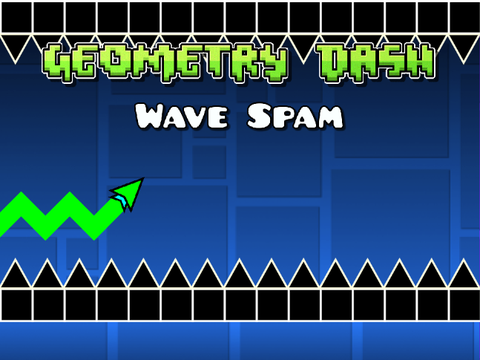► Popular Games
About Elite Chess
home > Elite Chess
Detailed Game Introduction
Elite Chess provides a streamlined chess experience against scalable AI or a local opponent. Improvement hinges on three pillars: (1) Opening principles — rapid development, king safety, and active piece placement; (2) Middlegame tactics — forks, pins, skewers, discovered attacks, deflections; (3) Endgames — king activity, opposition, basic checkmates, and practical rook endings. Puzzles and adjustable levels help build calculation depth and pattern recall.
Gameplay Strategy & Walkthrough
- Openings: Occupy the center (pawns e4/d4/c4), develop knights before bishops, castle early, connect rooks.
- Tactics scan: On every move, run “CCT” — Checks, Captures, Threats; look for forcing moves.
- Pawn structure: Avoid unnecessary weaknesses (isolated/doubled/backward pawns); fix targets, seize open files.
- Endgames: Activate your king, study K+Q vs K, K+R vs K, basic king‑pawn opposition, and Lucena/Philidor rook techniques.
- Time management: When low on time, choose simple, healthy moves over deep complications.
Controls Guide
- Click a piece to highlight legal moves; click a destination to move.
- Offer draw/resign; set AI strength in the options.
Study Plan (Quick)
- 15 min puzzles (forks/pins/skewers/discovered). 10 min review game blunders. 10 min play a focused game with one opening.
Frequently Asked Questions (FAQ)
-
Q: How do I stop blundering pieces?
A: Before every move, blunder‑check your king and loose pieces; run CCT for both sides to catch tactics.
-
Q: Which openings should I start with?
A: For White try Italian (1.e4 e5 2.Nf3 Nc6 3.Bc4) or Queen’s Gambit (1.d4 d5 2.c4). For Black use Caro‑Kann/Sicilian vs 1.e4 and Slav/Queen’s Gambit Declined vs 1.d4.
-
Q: What endgames give fastest rating gain?
A: King‑pawn fundamentals and rook endings; they occur most frequently and convert advantages reliably.











